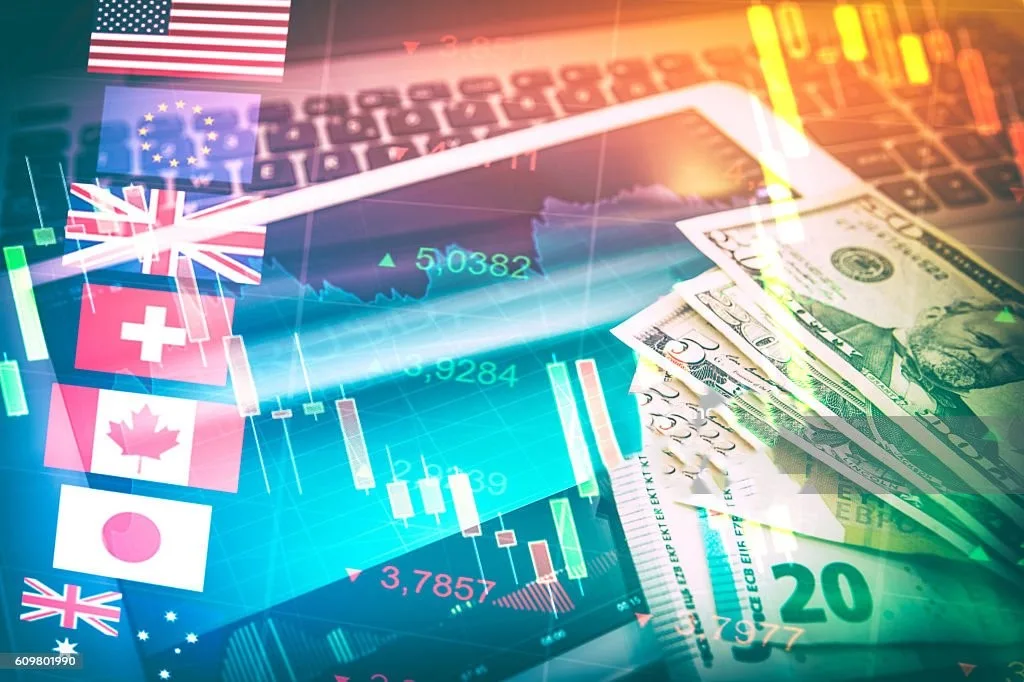The introduction of sophisticated world finance payment technologies has caused a significant upheaval in the finance sector in recent years. The need of an interconnected global economy have led to the evolution of payment systems in a world where digitalization and globalization are on the rise.
This article examines the complex network of payment systems that supports global finance, emphasizing the major participants, new developments, and difficulties they encounter.

The Main Entities in world finance Payment Systems
A complex web of financial institutions, payment processors, and technological companies make up the landscape of global payment systems. Together, these organizations enable the flow of money, guaranteeing the efficient operation of international investments, trade, and remittances. Let’s examine some of the prominent participants in this ecosystem in more detail:
Banks: Conventional financial establishments are important players in the payments industry. They provide services like wire transfers, foreign exchange, and credit letters, serving as middlemen in cross-border transactions. For companies and individuals involved in international trade and investment, these services are crucial.
Payment processors: Global payment processors that facilitate electronic transactions include Visa, Mastercard, and American Express. By offering infrastructure and payment networks for credit and debit card transactions, they facilitate international consumer buying.
Digital Wallet Providers: Digital wallets are a way for tech behemoths like Google, Apple, and PayPal to get into the payments market. With just a tap or click, consumers may securely keep their payment information on these platforms and complete purchases. Convenient ways to make purchases have led to the popularity of mobile payment programs such as Apple Pay and Google Pay.
Blockchain technology and cryptocurrencies: Due to their decentralized, digital nature, cryptocurrencies like Ethereum and Bitcoin have upended established payment methods. The foundation of cryptocurrencies, blockchain technology, provides safe, open, and effective means of handling transactions. Cryptocurrencies are becoming more and more popular as a form of investment and payment, despite their ongoing evolution.
Cross-Border Payment Platforms: Businesses that specialize in cross-border payments and remittances include Payoneer, Remitly, and TransferWise (now Wise). These platforms make it simpler and less expensive for people and businesses to transfer money internationally by providing competitive exchange rates and minimal fees.
Central Banks: A nation’s central banks are in charge of creating and overseeing its national currency. They are essential in controlling and directing payment systems under their purview. A few central banks are also looking at modernizing their payment systems with digital currency.
New Developments in world finance Payment Systems
As technology develops further, several new trends are emerging in the global payment landscape that are changing how transactions are carried out:
The COVID-19 pandemic has expedited the deployment of contactless payment methods. With just a tap of their card or mobile device, customers may make transactions thanks to NFC (Near Field Communication) technology. It is anticipated that this trend will continue as consumers look for more convenient and safe payment methods.
Central Bank Digital Currencies (CBDCs): These are digital representations of national currencies that are being developed by several nations. The central banks that create and oversee these digital currencies hope to improve payment effectiveness, lower fraud, and broaden financial inclusion.
Decentralized Finance (DeFi): Using blockchain technology to build decentralized financial systems, DeFi is a rapidly expanding industry. DeFi systems can completely change how we engage with financial services by providing lending, borrowing, trading, and yield farming without the need for traditional middlemen.
Payments with QR Codes: Particularly in developing nations, QR codes are quickly becoming a common way to make world finance payments. They provide a simple and affordable method for customers and businesses to use smartphones to make payments.
Biometric Authentication: The use of biometric information, like fingerprint or facial recognition, for payment authentication is growing. By lowering the need for passwords and PINs, this technology improves security and streamlines the payment process.
Difficulties in the world finance Payment Systems Industry
Global payment systems’ development has produced many advantages, but it has also brought up several issues that require attention:
Security Concerns: As people depend more and more on digital payment systems, complex security concerns have emerged. Identity theft, data breaches, and cyberattacks are serious issues that call for ongoing watchfulness and security measure investment.
Regulatory Compliance: Governments and regulators face difficulties as a result of the changing payment system landscape. It takes skill to strike a balance between protecting consumers and maintaining financial stability while promoting innovation.
Financial Inclusion: Although modern world finance payment methods have increased the accessibility of financial services, a sizeable section of the world’s population still lacks access to even the most basic banking services. It is still difficult to close the gap and provide financial inclusion.
Cross-Border world finance Payments: One major problem that still exists with cross-border transactions is the high fees and delays involved. Infrastructure and regulatory obstacles may make it more difficult for money to transfer across nations efficiently.
Interoperability: It might be difficult to guarantee interoperability and smooth cross-platform transactions when there are several world finance payment systems in use. To address this obstacle, coordination and standardization are needed.
The world finance payment systems industry
world finance payment is always changing due to global economic trends, shifting customer tastes, and technological advancements. We are seeing a shift in how we conduct transactions as new technologies and established payment systems come together.

Stakeholders in the financial sector need to be alert, flexible, and receptive to new ideas to successfully navigate this complicated environment.
Tip: To fulfill the demands of an interconnected global finance system and provide better services to individuals and businesses alike, the global payment ecosystem must address security concerns, enhance regulatory collaboration, and promote financial inclusion.
